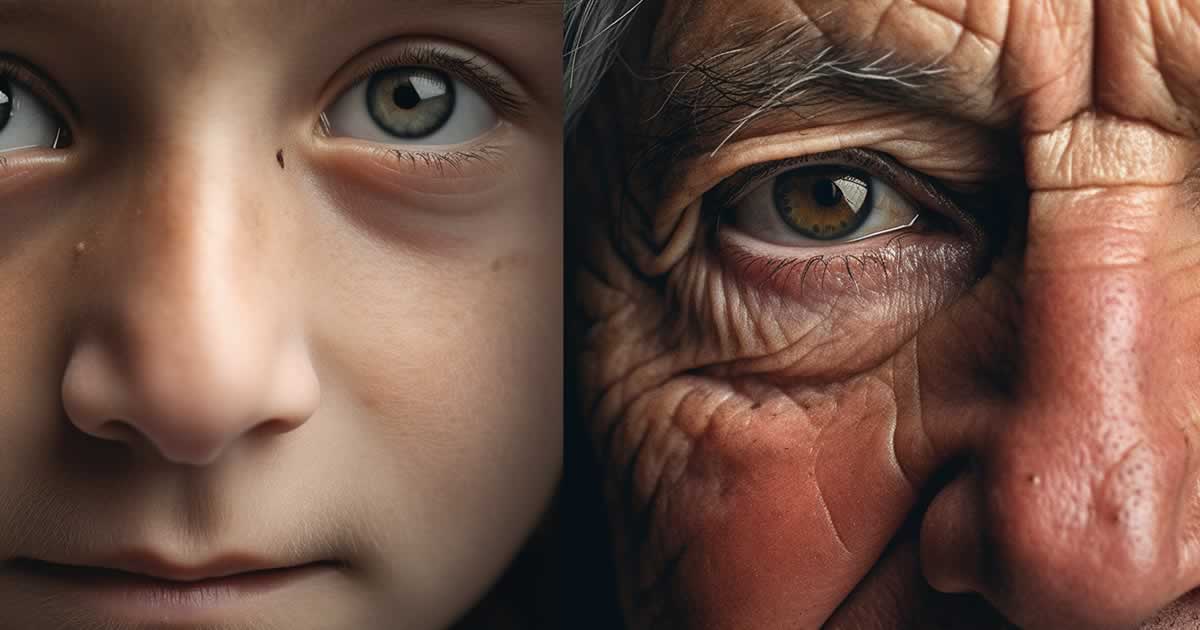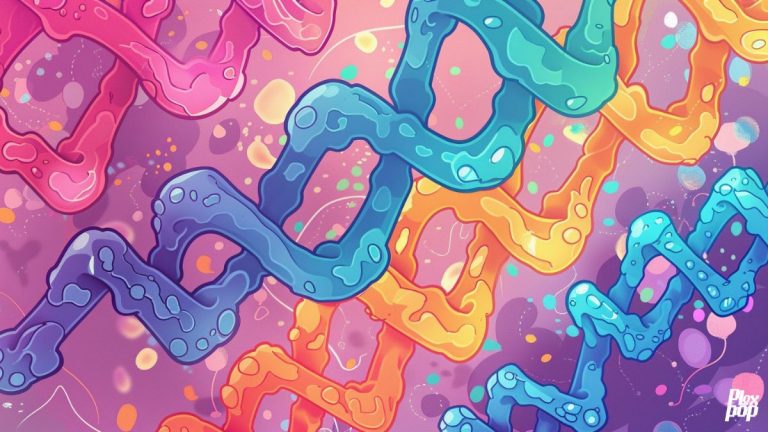In the quest to understand the mysteries of aging, scientists have made a significant breakthrough, revealing the crucial role of a protein known as IL-17 in the process of skin aging. This discovery, made by a team of researchers from the Institute for Research in Biomedicine (IRB Barcelona) and the National Centre for Genomic Analysis (CNAG), could pave the way for new therapeutic interventions to mitigate the adverse effects of aging on the skin.
Skin aging is characterized by a series of structural and functional changes that gradually contribute to its deterioration and fragility. As the skin ages, its capacity for regeneration decreases, its wound healing ability diminishes, and its barrier function weakens. These changes are not merely cosmetic; they can significantly impact an individual’s quality of life.
The researchers discovered that IL-17, a protein produced by immune cells in the skin, plays a central role in these skin aging processes. They found that during aging, the presence of immune cells expressing high levels of IL-17 significantly increases in the skin. This increase in IL-17 is associated with a mild but persistent inflammatory state, which contributes to skin deterioration.
Interestingly, IL-17 is not a new player in the field of skin health. Previous studies have linked this protein to autoimmune skin conditions like psoriasis, and treatments that block this protein already exist. The team of researchers studied the effects of blocking IL-17 activity on several aspects related to aging skin, including hair follicle growth, transepidermal water loss, wound healing, and genetic markers of aging. They found that blocking IL-17 resulted in improvements in all four parameters, significantly delaying the acquisition of aging traits.
However, the researchers caution that permanently blocking IL-17 would not be an option, as this protein is essential for vital body functions, such as defense against microbes and wound healing. Instead, they suggest that temporary inhibition of IL-17 could offer benefits that could be of interest at a therapeutic level.
This discovery opens up new possibilities for treating some of the symptoms of aging skin or facilitating skin recovery after surgery. Future research will focus on clarifying the aging processes associated with inflammatory states in the skin and how these are linked to IL-17. The team will also investigate whether IL-17 is involved in the aging and deterioration of other tissues and organs.
In conclusion, the discovery of IL-17’s role in skin aging is a significant step forward in our understanding of the aging process. It not only provides insights into the mechanisms underlying skin aging but also offers potential avenues for therapeutic interventions to slow down the aging process and improve the quality of life for older individuals.






Leave a Comment